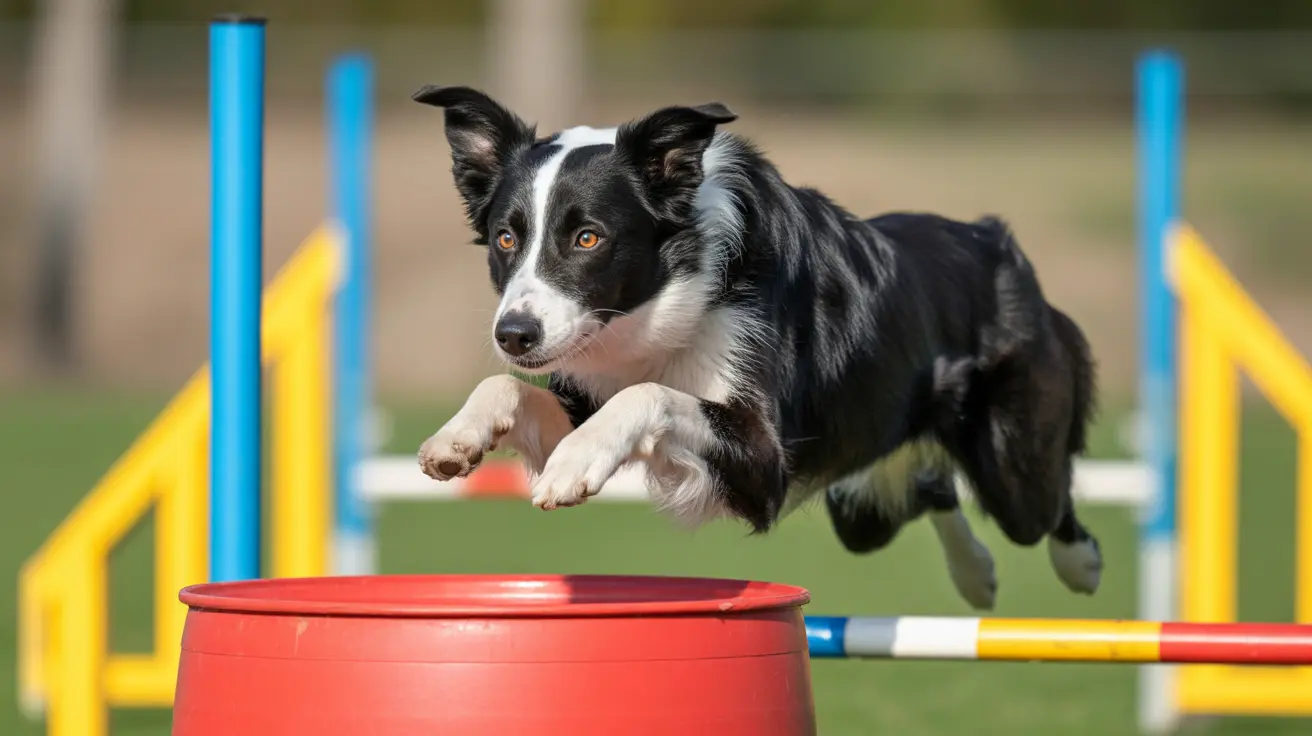Recognizing Signs of Depression in Dogs
If your usually lively dog suddenly seems withdrawn or listless—especially after a major change like moving or the arrival of a new family member—you might wonder if they're feeling down. Dogs can experience depression, and their symptoms often mirror those seen in people.
Common Symptoms of Canine Depression
Depression in dogs doesn't always look the same, but there are several key signs to watch for:
- Withdrawal from family or other pets: Your dog may seek solitude or avoid interaction.
- Decreased activity: They might lose interest in walks, playtime, or even exploring the yard.
- Changes in appetite: Some dogs eat less (or stop eating), while others may overeat.
- Altered sleep patterns: Sleeping much more—or less—than usual is common.
- Lack of enthusiasm for favorite activities: Toys, games, or outings that once thrilled them now elicit little response.
- Clingy or needy behavior: Some dogs become extra attached to their humans when feeling low.
- Irritability or agitation: A typically patient dog might snap or growl more easily.
- Destructive actions: Chewing furniture or other mischief can be an outlet for emotional distress.
- More frequent indoor accidents: House-trained dogs may regress and have accidents inside.
It's important to remember that these symptoms can also signal medical issues. If your dog stops eating, avoids walks, or becomes lethargic, a vet should rule out problems like pain from arthritis before assuming it's depression.
Why Do Dogs Get Depressed?
The causes behind canine depression are varied. Major life changes top the list:
- Loss of an owner or animal companion
- Moving homes or rehoming
- A new baby or pet joining the household
- Dramatic shifts in daily routine (like a new work schedule)
- Lack of stimulation—both physical and mental
- Trauma from illness, injury, or abuse
- Painful medical conditions
- Boredom and social isolation over long periods
Your dog's mood can also reflect yours. If you're grieving or struggling emotionally, your dog may "mirror" those feelings. Dogs thrive on attention and social interaction; when that's lacking, sadness can set in.
Helping Your Dog Recover from Depression
The good news: most dogs bounce back with some extra care and enrichment. Here are strategies that help:
- Spend more time doing what your dog loves—walks, car rides, fetch games.
- Bump up playtime and exercise to stimulate both mind and body.
- Add enrichment activities like food puzzles or new toys; let them explore fresh environments if possible.
- Praise and reward positive behaviors—celebrate any sign of enjoyment!
- Avoid giving treats only when your dog acts sad; this can reinforce withdrawn behavior unintentionally.
- If your dog's sadness stems from losing a companion animal, consider adding another pet—but introduce them carefully to ensure compatibility.
If symptoms persist for weeks despite your efforts—or if they're severe—a veterinarian may suggest medications such as fluoxetine (Prozac), paroxetine (Paxil), sertraline (Zoloft), clomipramine (Anafranil), amitriptyline, diazepam (Valium), or alprazolam (Xanax). These drugs must be prescribed by a vet at doses safe for dogs; never give human medications without professional guidance. Most dogs respond well to a combination of medication and behavioral therapy and can often discontinue medication within six to twelve months as their mood improves.
Preventing Depression: Keeping Your Dog Happy
You can't shield your dog from every life change—but you can support their mental health with proactive steps:
- Ensure daily exercise and let them explore different places when possible.
- Offer regular mental stimulation: training sessions, puzzle feeders, new toys.
- Stick to consistent routines; make gradual changes when needed so your dog has time to adjust.
- If they enjoy socializing with other dogs or people (like at parks or daycare), make it part of their week.
- If you have to leave them alone for stretches, provide busy toys and comforting items like worn clothing that smells like you.
If your dog's unhappiness lingers despite these efforts—or if you're unsure what's causing it—reach out to your veterinarian or a certified veterinary behaviorist. They can help uncover underlying issues and tailor treatment specifically for your pet's needs. Many dogs will face sadness at some point—especially after big events—but with understanding and responsive care, most return to their joyful selves before long.





